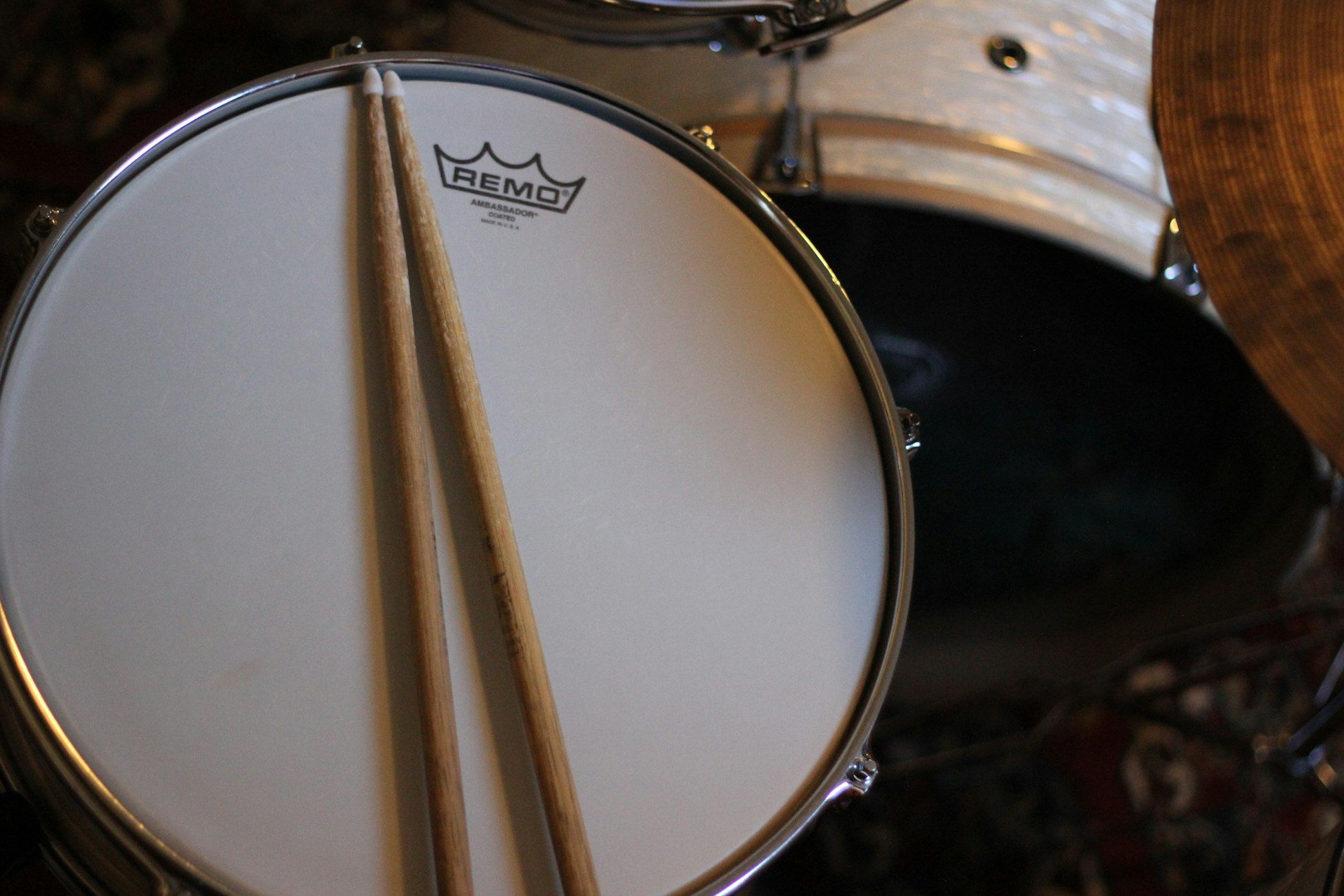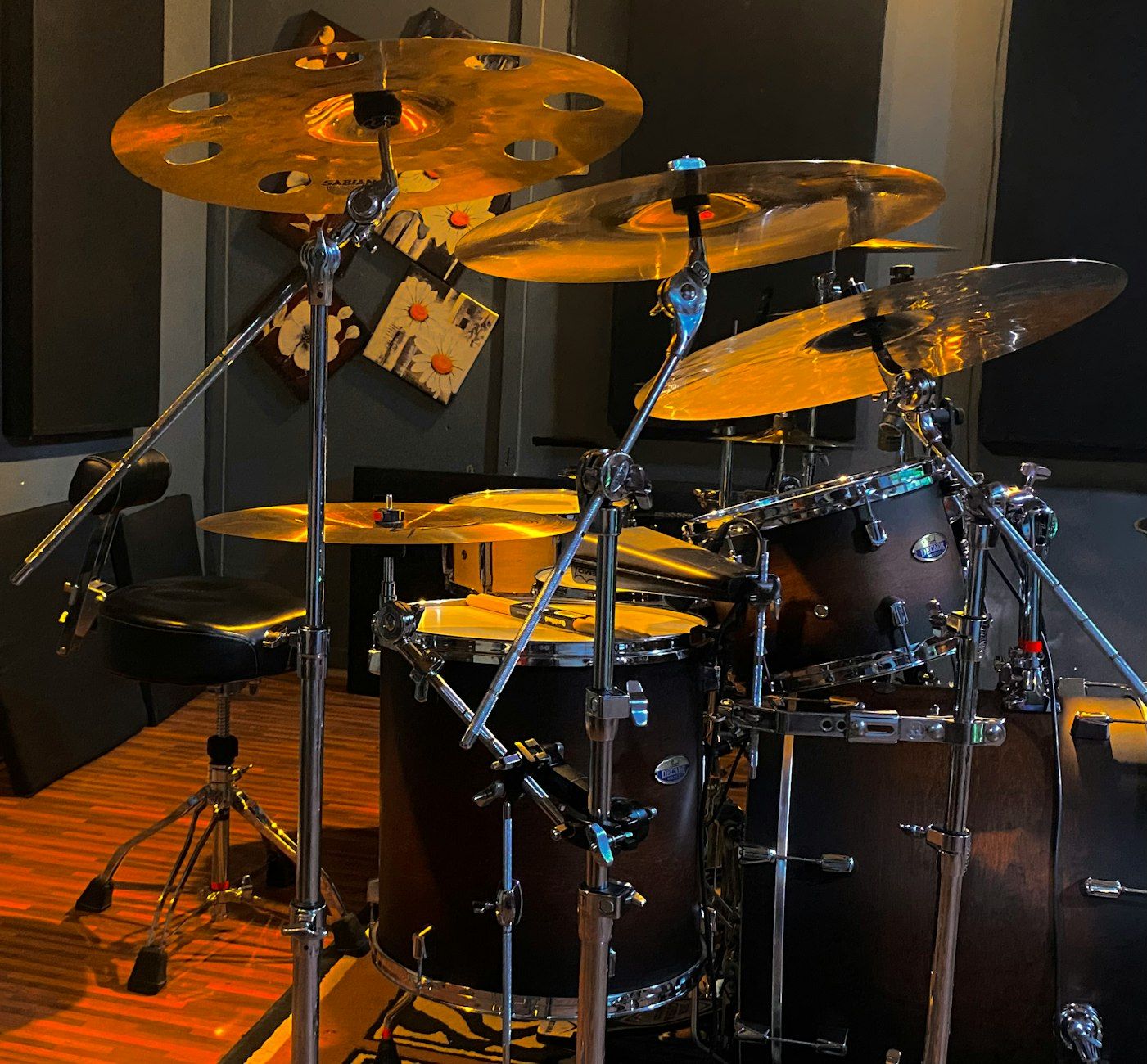The Beat of Music: Exploring the World of Drums



If you have ever felt the primal urge to bang on a drum or find yourself tapping along to the infectious rhythm of a song, then you are not alone. Drums have been an integral part of music across cultures and centuries, providing the heartbeat that drives melodies forward. From ancient tribal rituals to modern rock concerts, the power of drums to captivate and energise audiences is undeniable. In this article, we will delve into the fascinating world of drums, exploring their history, different types, drumming techniques, and more.
History of Drums
The history of drums dates back thousands of years, with evidence of various percussion instruments being used in ancient civilisations such as Mesopotamia, Egypt, China, and Africa. Drums played a crucial role in religious ceremonies, communication, warfare, and entertainment. Over time, drums evolved in shape, size, and materials, reflecting the diverse cultures that embraced them.
Types of Drums
Drums come in a myriad of shapes and sizes, each producing unique sounds. Some common types of drums include the snare drum, bass drum, tom-toms, bongos, congas, and djembe. Each drum has its own distinct sound and playing technique, making them versatile instruments in various music genres.
Drumming Techniques
Mastering drumming techniques is essential for any drummer looking to expand their skills. From basic beats to complex patterns, drummers can explore a wide range of techniques to create dynamic rhythms. Learning proper stick control, coordination, and timing are crucial elements in becoming a proficient drummer.
Drum Kit
A drum kit, also known as a drum set, typically consists of a combination of drums and cymbals. Common components of a drum kit include a bass drum, snare drum, hi-hat, toms, crash cymbals, and ride cymbal. Drum kits can be customised to suit different playing styles and musical genres, offering endless possibilities for creative expression.
Drum Lessons and Practice Tips
For beginners embarking on their drumming journey, taking drum lessons can provide valuable guidance and instruction. Experienced drum teachers can teach proper techniques, music theory, and offer personalised feedback to help students improve their skills. In addition to lessons, consistent practice is essential for honing drumming abilities. Setting aside regular practice sessions and focusing on specific techniques can lead to steady progress.
Music Rhythm and Drumming
Rhythm is the heartbeat of music, and drummers play a crucial role in establishing and maintaining the groove of a song. Understanding various rhythms, time signatures, and musical phrasing is essential for drummers to sync with other musicians and elevate the overall performance. Drummers can experiment with different styles, tempos, and dynamics to enhance the rhythmic foundation of a musical piece.
Beginner Drum Guide
If you are a novice drummer, starting with the basics is key to building a strong foundation. Begin by familiarising yourself with the drum kit components, basic sticking techniques, and simple rhythmic patterns. As you progress, gradually introduce more complex rhythms and experiment with different genres to broaden your musical repertoire.
In conclusion, drums hold a special place in the world of music, providing a powerful and dynamic element that captivates listeners and drives musical compositions forward. Whether you are a seasoned drummer or a beginner exploring the art of drumming, the journey of mastering this versatile instrument is both challenging and rewarding. So, grab your drumsticks, feel the beat, and embark on an exhilarating musical adventure through the vibrant world of drums.




